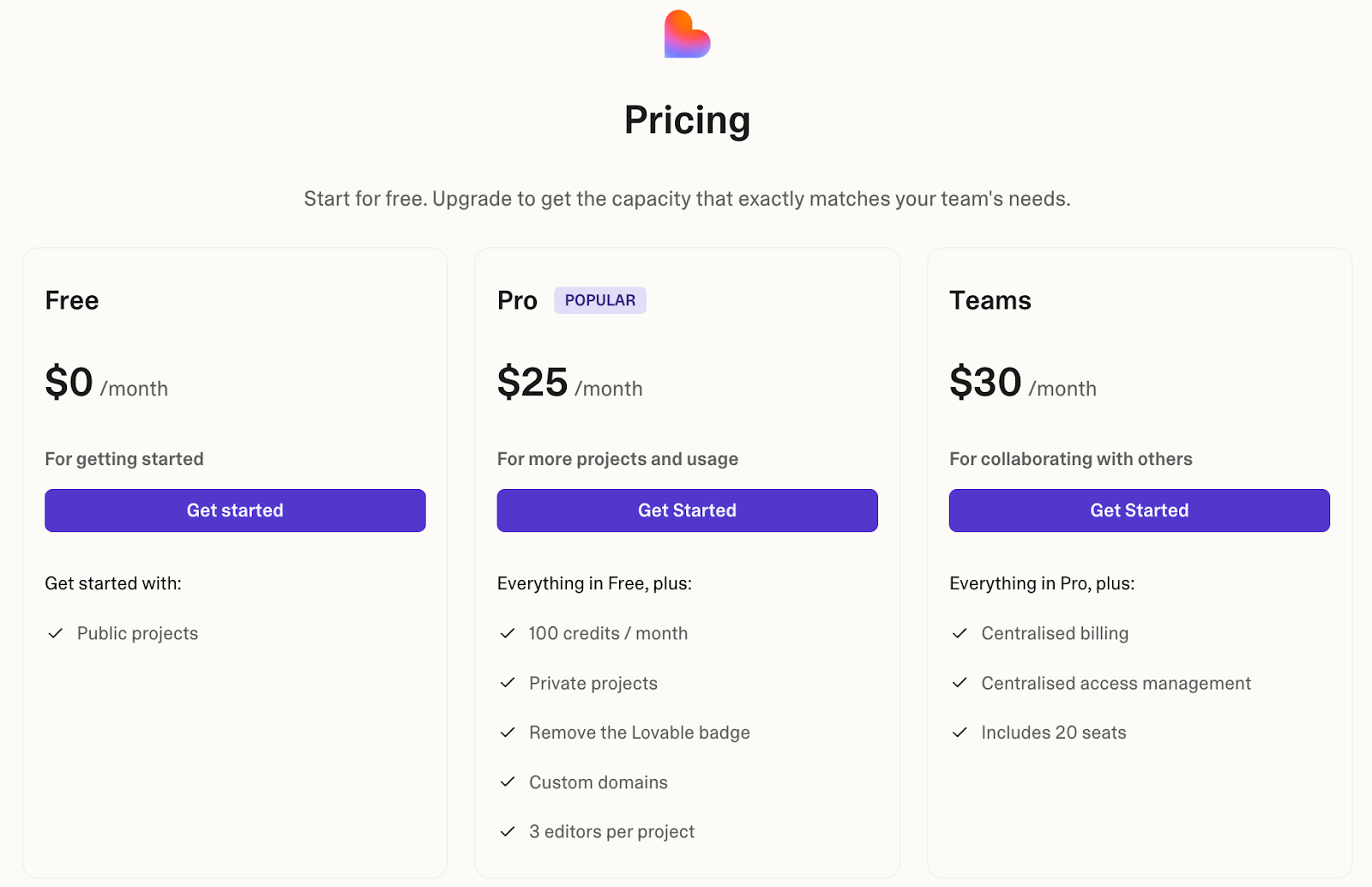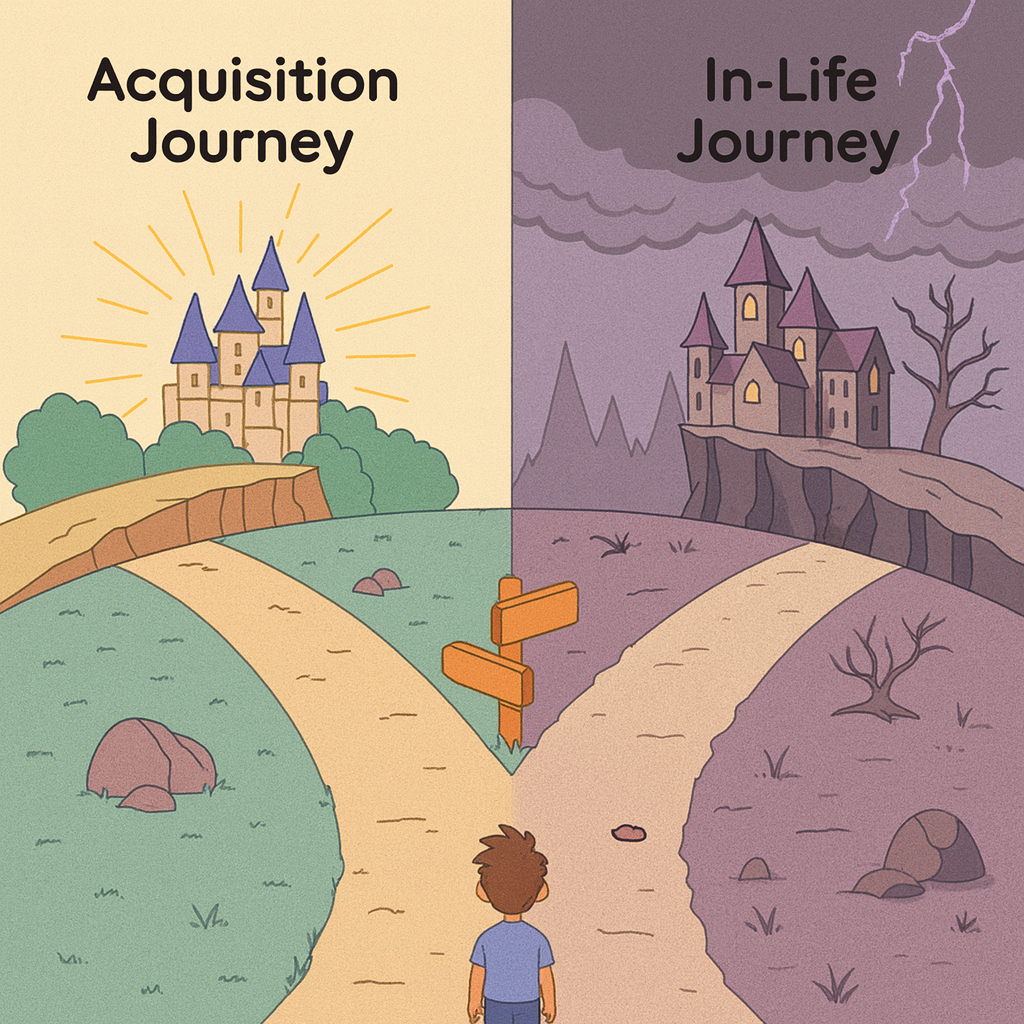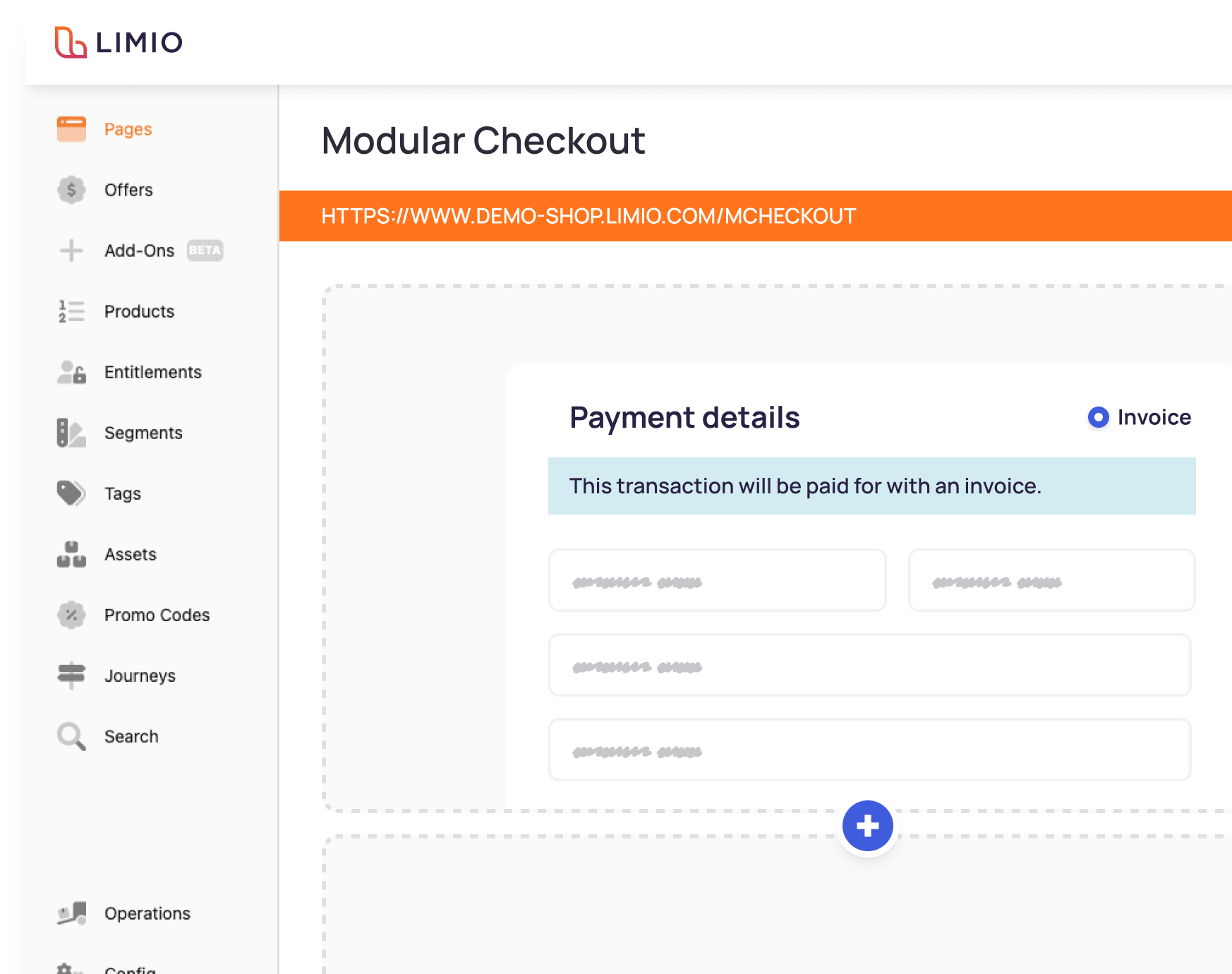Designing promotions that work across PLG, CPQ, and partner flows
Promotions should drive revenue, not confusion. Yet in many organizations, each team runs its own version of the same offer. Marketing updates the PLG pricing, sales adjusts quotes, and partner managers distribute discount codes in spreadsheets. The result is inconsistency. Customers see different prices across channels, and support and billing teams clean up the mess later. The issue is not creativity; it is coordination. Without shared rules or visibility, even the simplest promotion can turn into chaos.

Where promos go wrong
Promotions fail when systems do not talk to each other. Online checkouts may apply one discount logic, while the CRM or CPQ system uses another. Partner pages might keep expired codes active. And because most promotions are configured manually, expiry and tracking often fail.
Every misaligned promotion creates hidden costs. You get revenue leakage from over-discounting, data chaos at renewal, and brand confusion when customers see conflicting offers.
The anatomy of a good promotion
A successful promotion runs seamlessly across every touchpoint. It has:
- Clear eligibility: who qualifies and when.
- Shared logic: one set of rules that every system uses.
- Automatic expiry: no lingering discounts eating into margins.
- Attribution tracking: clear data on which campaigns drove revenue.
When these elements align, you can move from running occasional campaigns to running a continuous cadence of experiments.
How Limio makes this possible
Limio provides a central offer and promotion layer that connects web, CRM, and partner channels. RevOps can create and manage promotions from one interface, define discount levels and eligibility, and publish instantly across all channels.
A promotion launched on the website can appear immediately in CPQ and partner checkouts, without engineering intervention. When the offer expires, it disappears everywhere at once. Every change is tracked, so you know which promotions converted and which did not.
This kind of operational alignment allows revenue teams to act fast without breaking consistency. Marketing gets agility. Sales gets accuracy. Partners get clarity. And RevOps keeps control.
The takeaway
Promotions should move as quickly as your market does, but they need structure to avoid chaos. When every channel draws from the same offer logic, you do not just sell faster; you sell smarter.
Unified promotion management does not just improve coordination; it creates a foundation for continuous learning about what drives conversion and retention. That is how modern revenue teams turn creativity into results.
Other posts you may like

Omnichannel CPQ: The Next Frontier for High‑Velocity SaaS Sales
SaaS buyers don’t stick to one channel—and your quoting process shouldn’t either. Whether it starts with a sales rep, an online checkout, or a partner, today’s Revenue Ops teams need quoting that flows across every touchpoint. This post breaks down what omnichannel CPQ really means, why it matters now, and how to avoid the usual traps like billing lock-in, slow rollouts, and disconnected systems. If you’re selling to SMBs or freelancers with hybrid go-to-market motions, and struggling to keep pricing consistent across Salesforce and your storefront, this is your guide to doing CPQ the modern way.

How (and Why) Fast-Growing SaaS Companies Evolve Their Pricing Every Quarter
Pricing is not a one-off task but an ongoing discipline. In fast-moving SaaS markets, static pricing quickly slows growth. The best SaaS teams treat pricing as an operating rhythm, not a special project. They review and adjust every quarter to reflect shifts in product, segment, and competition. Without this agility, companies risk undercharging power users, overcharging small customers, and turning every commercial update into an engineering project. Modern SaaS leaders avoid this trap by empowering business teams to make pricing changes directly and measure results rapidly. With Limio, pricing updates are instant, coordinated across every channel, and integrated with CRM and billing systems.
Other posts you may like

Omnichannel CPQ: The Next Frontier for High‑Velocity SaaS Sales
SaaS buyers don’t stick to one channel—and your quoting process shouldn’t either. Whether it starts with a sales rep, an online checkout, or a partner, today’s Revenue Ops teams need quoting that flows across every touchpoint. This post breaks down what omnichannel CPQ really means, why it matters now, and how to avoid the usual traps like billing lock-in, slow rollouts, and disconnected systems. If you’re selling to SMBs or freelancers with hybrid go-to-market motions, and struggling to keep pricing consistent across Salesforce and your storefront, this is your guide to doing CPQ the modern way.

How (and Why) Fast-Growing SaaS Companies Evolve Their Pricing Every Quarter
Pricing is not a one-off task but an ongoing discipline. In fast-moving SaaS markets, static pricing quickly slows growth. The best SaaS teams treat pricing as an operating rhythm, not a special project. They review and adjust every quarter to reflect shifts in product, segment, and competition. Without this agility, companies risk undercharging power users, overcharging small customers, and turning every commercial update into an engineering project. Modern SaaS leaders avoid this trap by empowering business teams to make pricing changes directly and measure results rapidly. With Limio, pricing updates are instant, coordinated across every channel, and integrated with CRM and billing systems.

Subscription playbook: What Revenue Teams Forget Between Sign-Up and Renewal
Most of the revenue in subscription businesses is created after the customer signs up, not at the moment of acquisition. But rigid systems, hard-coded offers, and slow pricing updates mean upgrades, renewals, and expansions often lag behind what the market demands. As marketing experiments weekly, monetisation experiments might only happen once a quarter. Over time, pricing becomes inconsistent, quoting becomes messy, and revenue becomes unpredictable.Limio helps teams break this cycle by centralising offers across every channel and allowing rapid changes without engineering support. Pricing stays aligned, experiments run quickly, and revenue becomes a continuous, data driven loop rather than a one time event.

Everything you need to know about Zuora
There are plenty of platforms available, with various plans and features to choose from. From leaders such as Zuora, Stripe Billing, Recurly, Chargebee, BillingPlatform, Vindicia, to more geographically-focussed or industry-focussed such as Plenigo, Billwerk+, Qiota, Poole, Aptitude Software and more, it can be daunting to pick the right parter.

The 6-Month Checkout Problem: Why Subscription Flows Take Forever to Launch
Many subscription businesses find themselves waiting months to launch even a simple checkout flow. It’s not a limitation of Zuora or Salesforce; it’s the bottleneck of custom engineering, cross-team dependencies, and compliance hurdles. This delay stalls growth, kills experiments, and ties up valuable dev time. Limio provides a no-code commerce layer that works with Salesforce and Zuora to cut timelines from months to weeks, so teams can launch offers at market speed.